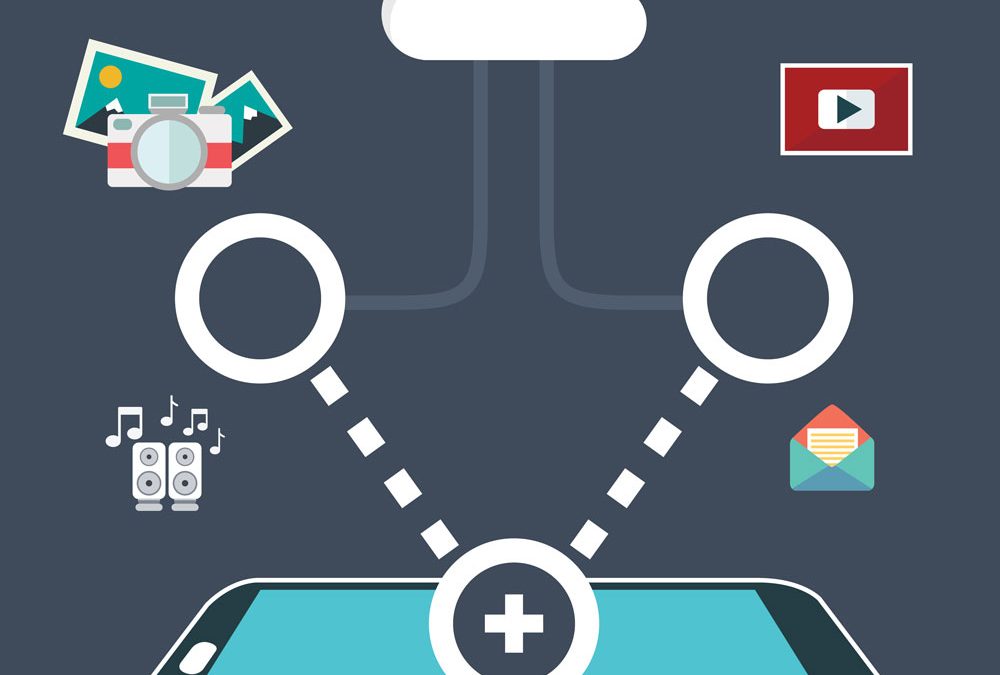
Aug 16, 2018 | SMB Technology, SMB Technology, SMB Technology, SMB Technology, Technology News
A business’ network is relied upon heavily for many daily functions, and there are many places problems can occur. According to CompTIA, four leading security concerns are attacks from ransomware and malware, viruses that can get into your network and destroy data, and hacking attacks from cybercriminals. Along with these, there is also the possibility of outages caused by poorly-functioning circuits, and these outages result in lost productivity and revenue. Network monitoring can find and resolve these problems before they cause damage. Read on to learn about the role of network monitoring. Why You Should Monitor Your Network Network monitoring is a proactive way of detecting threats to the security of your network, resolving them before they cause serious problems. This can save your company both time and money, when network monitoring is part of an overall managed services plan. Possible cyber attacks can be prevented, thereby protecting your company from data loss and compromise of reputation. Not only that, but circuit monitoring can find bottlenecks that slow down your system and cause data loss and leakage. Access to your network can be tracked, finding unauthorized access by former employees, or social media usage that consumes a great deal of bandwidth. The Advantages of Remote Network Monitoring By having your IT service provider monitor your network remotely, your business can rest easy knowing that issues are caught and fixed without a trip to your office and can be fixed before data is compromised or systems are slowed down. This helps keep IT costs down by preventing problems before they get out of hand. Your network is protected from viruses...

Aug 7, 2018 | SMB Technology, SMB Technology, SMB Technology, SMB Technology, Technology News
Cloud computing has become more and more popular over the last several years, with that popularity continuing into 2018 and 2019. According to a report by the International Data Corporation (IDC), public cloud services will grow from nearly $70b to more than $141b in 2019. SaaS is likely to be the key consumption model for Cloud Services, and Telecommunications is expected to be the fastest-growing vertical industry. According to COMPTIA, half of all small to medium-sized businesses report having 31% to 60% of their IT functions in the cloud environment. What is cloud computing, and what are its benefits? Read on to learn more about this technology. More Access for Predictable Cost Cloud computing is an Internet-based model of computing, on a pay-per-use basis, with benefits to organizations large and small. Using the Cloud saves costs, partly by changing a capital expense to an operating expense. Businesses no longer need to replace aging infrastructure, but can move their data, systems and applications to a subscription-based model like Infrastructure as a Service (IaaS) or Software as a Service (SaaS). Businesses, at least in the public cloud environment, can share common system resources (hardware, software, operating system and application database). Usage monitoring and a utility billing model keeps the costs predictable. Cloud computing increases employee productivity by giving the business a common interface, allowing employees to work outside the office, and outside traditional office hours. Another function of the cloud is data backup, allowing the company to have data offsite for easier backup and recovery in case of a disaster. What To Consider Before Moving to The Cloud With all these...




